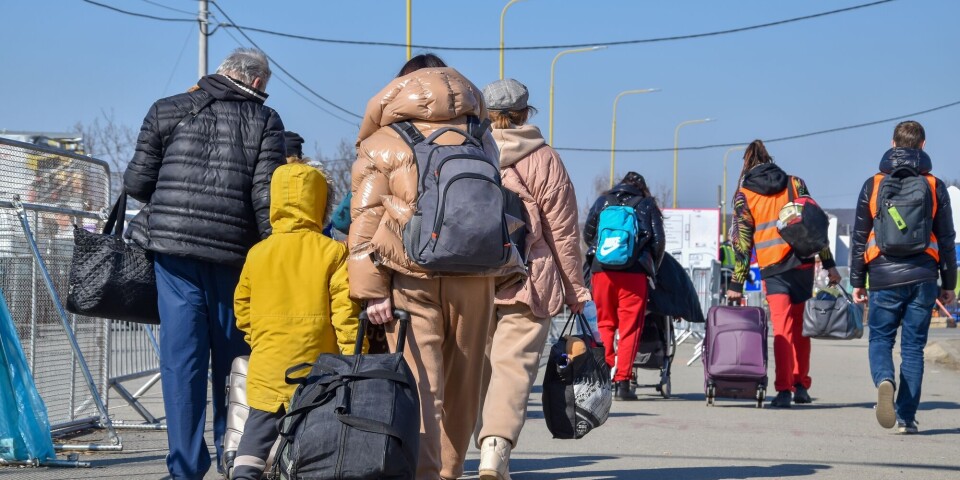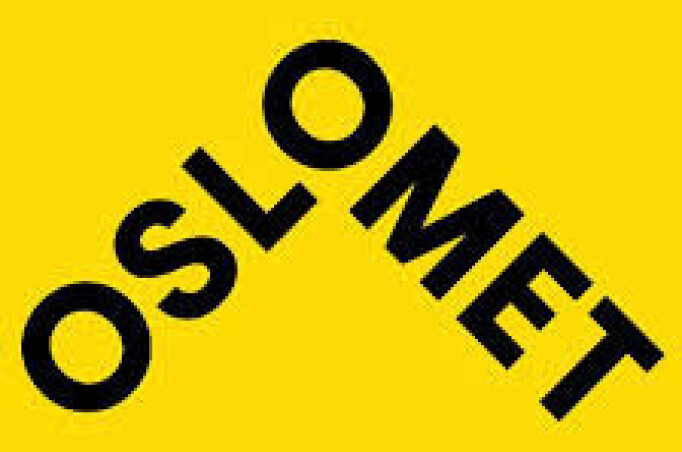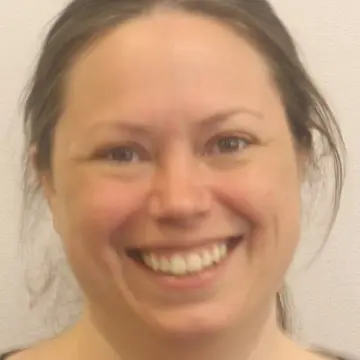THIS CONTENT IS BROUGHT TO YOU BY Oslo Metropolitan University - read more

Europe moves towards more restrictive, selective, and temporary refugee policies
“All countries became more restrictive after 2015,” researcher says.
For the past decade, European countries have grown more restrictive in whom they grant protection, and for how long that protection is granted.
This is the main finding of the a new research report led by senior researcher Vilde Hernes at Oslo Metropolitan University (OsloMet).
The report compares the responses of eight European countries to the high influxes of protection seekers in 2015-2016 and in 2022-2023. It includes updated analysis of policy responses up until June 2023, and is the first report of its kind.
Restrictive race to the bottom after 2015
“All the countries became more restrictive after 2015,” Hernes says.
The restrictions came in many different areas, such as protection permits, legal assistance, family reunification, and financial assistance, to name a few.
“However, these restrictions were not part of a unified response across Europe, but rather – as earlier studies have described it – a ‘national race to the bottom’, where countries competed to have the most restrictive policies, so as not to become a more attractive destination than others,” she says.
More unified response to Ukraine
In 2022, the researchers found a much more unified response to the high number of people fleeing Ukraine, at least when it comes to granting protection.
“The EU countries activated the temporary protection directive, which gave Ukrainians temporary protection up to three years. Denmark and Norway have made national legislation that largely mirror this,” Hernes says.
Nordic countries channelled Ukrainians through the regular asylum system where one had to formally apply for protection. However, the collective protection simplified the procedure, and there was online registration and automatic processing of applications.
Germany, Poland, and Austria did not channel them through the regular asylum system, but made registration procedures where one was granted rights upon registration, or just by having a Ukrainian passport.
The UK is the only outlier in this respect, as the only country who is not part of the Schengen Agreement.
“They have not implemented temporary collective protection mirroring the EU, but rather introduced three different visa schemes particularly aimed at Ukrainians,” Hernes says.
Dual approach to Ukrainians
In spite of easier access, Hernes and her team found that Ukrainians are not treated better than other protection seekers across the board.
“There is a dual approach to Ukrainians seeking protection. On the one hand, we see a more liberal trend when it comes to registration and access-practices. The introduction of collective, temporary permits was in itself an easing of requirements, and made the path to granted protection shorter and less extensive for Ukrainians, as it did not require an individual assessment,” she says.
Ukrainians also generally had the right to return to Ukraine temporarily without losing their protection status, the right to find their own accommodation, and the right to work.
On the other hand, policies on integration measures, financial assistance, and healthcare have been more restrictive for Ukrainians.
“Ukrainians have, as of today, no path to permanent residency, and they are often offered less assistance in the host country than people with a refugee status. In Sweden, for instance, Ukrainians granted temporary collective protection are still only entitled to emergency healthcare. They continue to be covered by the same rights as asylum seekers, even after they are granted protection,” Hernes says.
Shift in the public debate
This makes life a lot more uncertain for Ukrainians, the researcher argues. And it will only become more uncertain.
“Even though there has been a more unified response to the influx of Ukrainians, there is only one year left of the tree year protection permit. And there is still a lot of uncertainty as to how long the war in Ukraine will last, and how many more will be seeking protection. That may lead to more restrictions,” Hernes says.
For example, Norway has received about 72.000 Ukrainians. They now make up one per cent of the entire population.
“Here, we now see a shift in the public debate, with municipalities saying they don’t have enough housing or capacity to administer all those granted protection, and some are calling for more restrictions. It may be that we are on the brink of another race to the bottom, like we saw in 2015,” she says.
Reference:
Hernes et al. Governance and policy changes during times of high influxes of protection seekers. A comparative governance and policy analysis in eight European countries, 2015-June 2023, NIBR Report, vol. 8, 2023.

This content is paid for and presented by OsloMet
This content is created by Oslo Metropolitan University's communication staff, who use this platform to communicate science and share results from research with the public. Oslo Metropolitan University is one of more than 80 owners of ScienceNorway.no. Read more here.
More content from OsloMet:
-
"We need to talk about how we assess teacher students"
-
Cannabis use in Norway has increased: “Not everyone needs moral lectures or worried looks"
-
Many children with ADHD do not thrive at school
-
An out-of-control race: Why we fear artificial intelligence
-
One in four seniors feels digitally discriminated against
-
Norwegians are among the least lonely in Europe





































